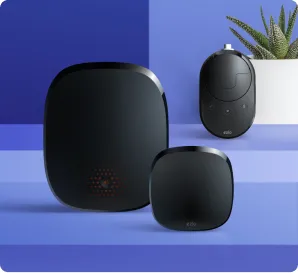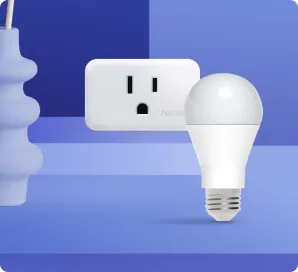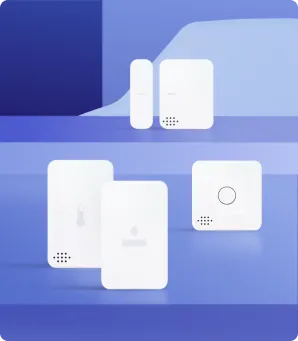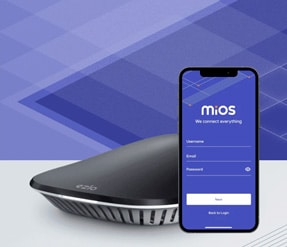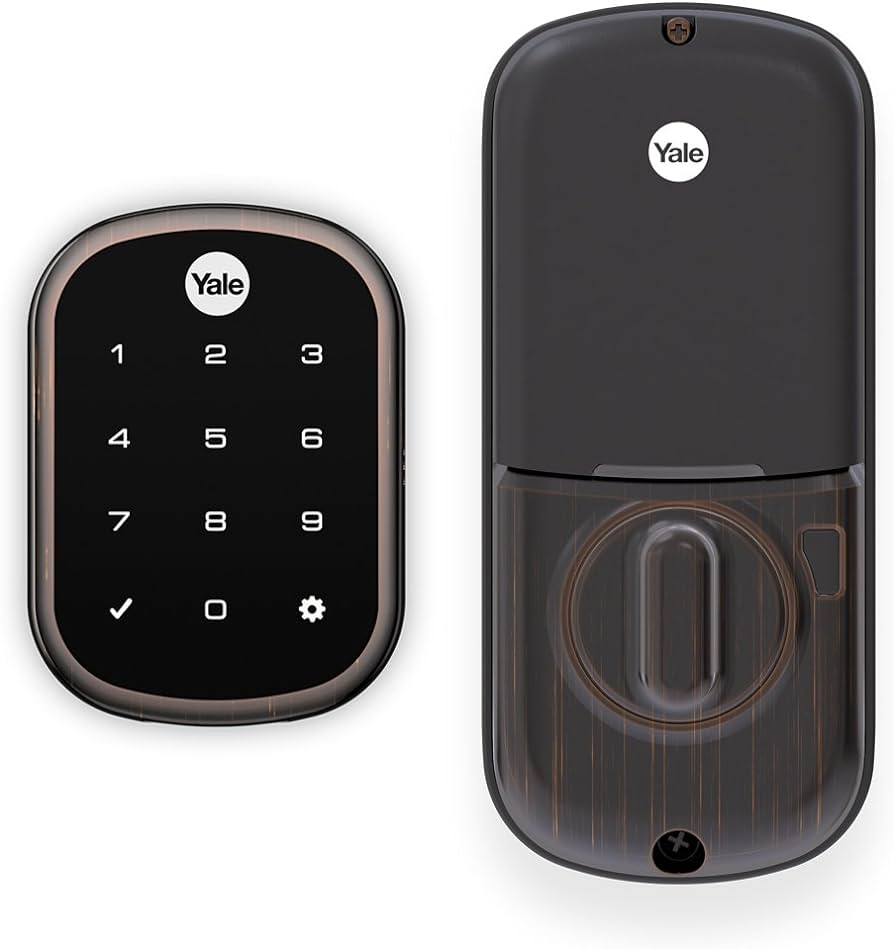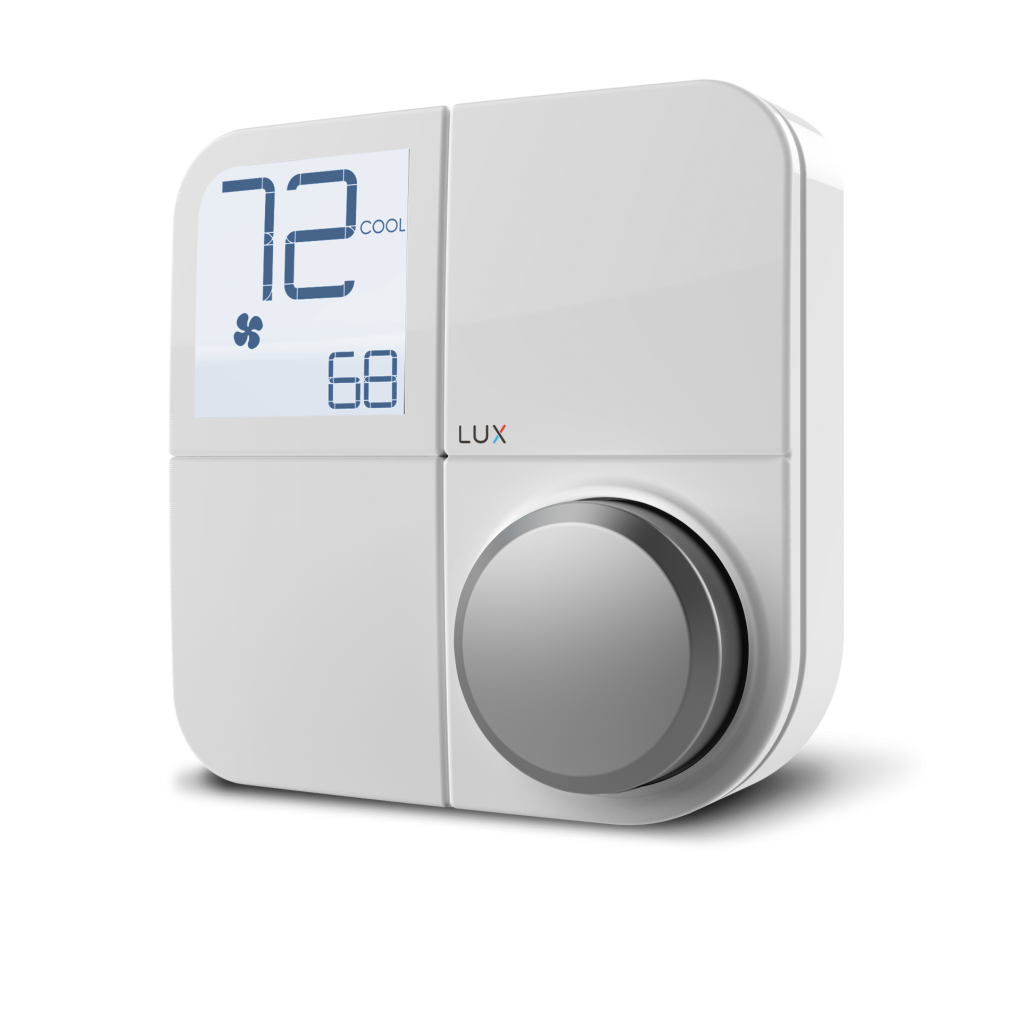The idea of smart living is no longer just a product of sci-fi films or the dreamy “Iron-man experience.” Smart living has crossed the borders of CCTV Cameras, Motion Sensors, and Computer-like Smartphones to enter the world of IoT (Internet of Things), Virtual Reality, Cryptocurrency, and Home Automation Systems. The advent of the Z-wave network system has seen more and more people turning to Z-wave devices for their home automation needs.
What is Z-wave?
Z-wave is a wireless communication protocol that enables communication between wireless devices. The Z-wave system is most commonly used in home automation, as it offers ample benefits. It is a mesh network that uses low-energy waves to enable communication between integrated devices.
Z Wave Distance – What is the Range of Z Wave
Z-wave operates under source-routed Mesh Architecture, where nodes send signals to the devices closest to them to get to the target device intended by the user. The Z-wave, just as the Wi-Fi network, makes use of radio waves. The common Z wave range is 100 meters in the open air, however, in buildings, this range is reduced, and Z-wave devices are required to be placed within 30-40 meters apart.
If your Z-wave network is performing poorly, there are a few things you need to do to improve your network quality, which we are going to show you in this article. Read on to learn more.
How to Ensure Your Z-wave Install Is Successful
The first thing you need to consider if you want to improve your Z-wave is to ensure a proper installation. The installation of the Z-wave technology in your home is not complicated and is mostly a DIY work. It wouldn’t be a difficult task if you follow these simple tips:
- Make sure that in the positioning of your Z-wave devices, signals have a clear passageway. Signals will be transmitted successfully if the Z-wave network is not surpassed.
- If you’re using battery-powered Z-wave devices, make sure that the batteries are in good working condition.
- Make sure your Network is properly set up with all devices connected to the hub.
- Plan your home mesh network—set your mesh network to allow good Z-wave network quality between devices.
Z-wave for Consumers
The Z-wave market is rapidly expanding, and this expansion comes with increased production of Z-wave integrated devices. In 2012, about 600 products were using Z-wave technology in the U.S. More so, in January 2019, there were over 2,600 Z-wave certified interoperable products.
This shows a high increase in the use of Z-wave products at the time. This increase is factored by the compatibility of Z-wave products, with home-based appliances, and the convenience it brings to its users.
Z-wave products benefit users in many ways, which include:
Increased Productivity
Z-wave products help users take care of work (that conventionally will require movement) with more convenience and less movement. With the Z-wave devices, users can stay in a convenient zone and handle operations on devices connected to the hub. For instance, you can be downstairs watching the TV, and if there’s a need to switch on the heater upstairs, you can do that with your Z-wave controller (as long as your devices are properly set up in an excellent Z wave range).
Increased Some Security
Z-wave devices also work with motion sensors that alert a homeowner whenever there is a breach or trespass in the home.
User-friendly
Using Z-wave products requires no in-depth knowledge of programming or automation. The user is only expected to understand how to use the essential functions on their devices to achieve the desired result.
Interoperability
The devices are compatible irrespective of their type, brand, manufacturer, or version. Unlike other smart devices that only work with their corresponding brands, Z-wave network pushes beyond this barrier to allow for interoperability.
Reliable
The Z-wave technology has been in use for well over a decade and has proved competent in its application for home automation systems.
As good as everything seems to look for Z-wave systems, it also has its downsides—like any other new technological system. The most notable is that the range reduces in buildings, and Z-wave devices are, therefore, required to be placed within 30-40 meters apart to function effectively. Taking the devices anywhere farther than 30-40 meters may result in poor network range.
Due to the low Z-wave network frequency, developing a network over a large area could take more devices (which means extended costs). However, a professional can offer advice on how best to manage this situation.
How Can I Improve My Z-wave Network Coverage?
Are you having problems with your Z-wave network coverage? Here are some tips to help you improve your Z-wave network coverage:
- Place your Z-wave controller centrally in your home—Placing your Z-wave hub in a central location for all integrated devices will significantly enhance Z-wave network coverage
- Utilize plugged in Z-wave devices in your network
- Utilize Z-wave plus devices—Z-wave plus devices serve as a key solution to the problem of low Z-wave network frequency. They offer a better Z-wave network and responsiveness and also have a feature known as “network-wide inclusion.” To add a new node in the normal Z-wave devices, it has to be brought near the main hub to be included in the network. However, with network-wide inclusion, nodes can be installed at its final location even if the signal has to be extended from other nodes to get to it.
- Avoid signal barriers—Signal barriers such as walls, corners, pillars, and tight spaces can serve as a barrier to the extension of the Z-wave network range, which could hinder the transmission of Z-wave signals.
- Use Z-wave extenders—An excellent way to enhance the Z-wave coverage in your home is to add a Z wave range extender. The extenders work well when there is a gap in the mesh network. You should place them (the extenders) at a strategic point between the hub and the electrical device you want to control.
Wrap Up – Z Wave Home Security
The use of Z-wave devices for home automation is rapidly increasing. Although the problem of Z-wave network quality could limit its effectiveness—you can follow the tips highlighted in this article to remedy the situation. Surely, you’d get the best out of your Z-wave devices. And if you find it challenging to implement any of the tips, you may want to get an expert with vast knowledge of Z-wave and related network systems to help.

